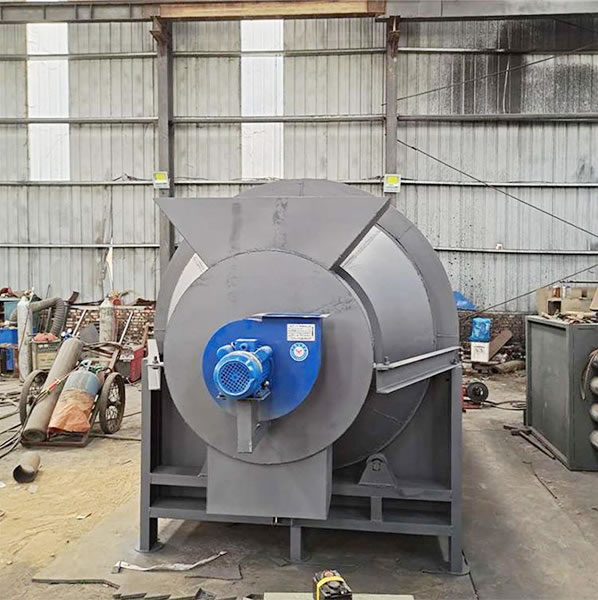





Laos, located in the northern part of the Indochina Peninsula in Southeast Asia, is a landlocked country bordered by China to the north, Vietnam to the east, Cambodia to the south, and Thailand and Myanmar to the west. With an area of about 23.68 million square kilometers, it is the only landlocked country in Southeast Asia. The terrain of Laos is mainly mountainous and plateau, accounting for more than 80% of the total area. The Mekong River, which flows through the country from north to south, is the longest river in Laos and an important water source for irrigation and hydropower generation.
Laos has a tropical and subtropical monsoon climate, with high temperatures and rainfall. There are two main seasons: the rainy season from May to October and the dry season from November to April. The population of Laos is approximately 7.27 million, with more than 90% living in rural areas. The official language is Lao, and the majority of the population practices Buddhism.
Economically, Laos is primarily an agricultural country, with agriculture accounting for about 65% of the gross domestic product (GDP) and employing around 85% of the labor force. The country also has rich natural resources, including minerals like tin, copper, gold, and potash, as well as significant hydropower potential. In recent years, tourism has become an important sector for the Laotian economy, with famous attractions such as the That Luang stupa in Vientiane, the Konglor Cave in Khammouane Province, and the waterfalls in Luang Prabang.

After being dried, Laotian kelp can be used in various places.

#### Working Principle of Small Dryers and Their Role in the Deep Processing of Kelp in Laos
Small dryers operate based on the principle of heat transfer and moisture removal. In the case of kelp processing in Laos, these machines play a crucial role in enhancing the quality and shelf life of the final product. Here's how they work and their significance:
1. **Heat Generation**: The small dryer generates heat, usually through electric coils or gas burners. This heat is then circulated within the drying chamber.
2. **Moisture Evaporation**: When moist kelp is introduced into the dryer, the heat causes the water content in the kelp to evaporate. The warm air absorbs the moisture from the kelp surface and carries it away.
3. **Air Circulation**: A fan or blower ensures that the hot, moist air is continuously circulated throughout the drying chamber. This helps in even drying of the kelp and prevents any damp spots.
4. **Moisture Control**: Modern small dryers often come with humidity sensors and controllers. These devices monitor the moisture level in the drying chamber and adjust the temperature or airflow accordingly to ensure optimal drying conditions.
5. **Energy Efficiency**: Many small dryers are designed to be energy-efficient, using insulation and advanced heating elements to minimize heat loss. This is particularly important in regions like Laos, where energy costs can be a significant factor in production.
6. **Quality Preservation**: By controlling the drying process, small dryers help preserve the nutritional value and color of the kelp. Over-drying or uneven drying can lead to nutrient loss and discoloration, which affects the marketability of the product.
7. **Increased Production Capacity**: Using small dryers allows for faster drying times compared to traditional sun drying methods. This means that more kelp can be processed in a shorter period, increasing overall production capacity.
8. **Consistency and Reliability**: Unlike weather-dependent sun drying, small dryers provide consistent and reliable results year-round. This is especially important in Laos, where the monsoon season can disrupt outdoor drying activities.
In summary, small dryers are indispensable tools in the deep processing of kelp in Laos. They not only improve the efficiency and quality of the dried kelp but also contribute to the sustainability and profitability of the kelp processing industry in the region.
Overall enhancing the deep processing of kelp in Laos is an important task that needs to be achieved through various means such as optimizing the process flow adopting advanced equipment and technology and strict link control At the same time improving the technical content of small dryers is also a key link in the deep processing of kelp Only by solving these problems can we truly improve the efficiency of deep processing of kelp in Laos and promote the development of the kelp industry in Laos Diligently sticking to our trade wholeheartedly casting boutiques Working together well-known in the industry Jushang drying equipment wishes customers of small dryers in Laos Thank you for the trust and support of new and old customers May our cooperation be like a garden with a hundred flowers blooming and full of vitality